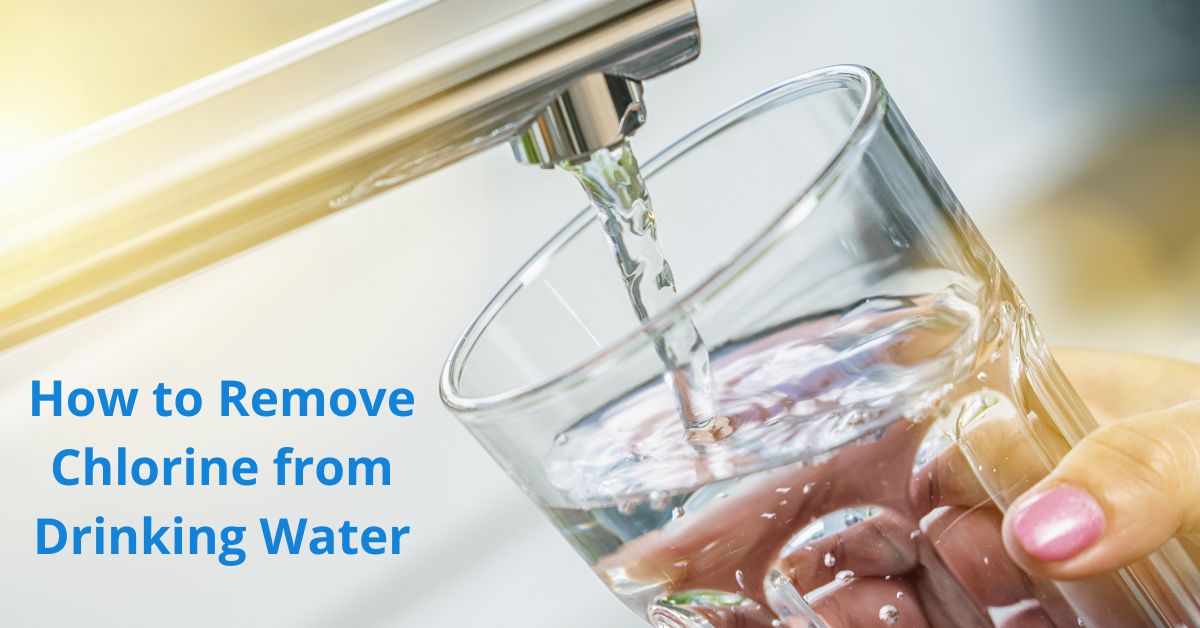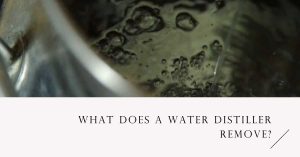Most public water supplies contain chlorine as a disinfectant. But some find its taste and smell unpleasant. The good news is that several effective home water filtration methods can remove chlorine for cleaner, better-tasting water.
Why Chlorine is Added to Tap Water
Chlorine is a chemical widely used by water treatment facilities to kill bacteria, viruses, and other microorganisms that can make water unsafe to drink. Used for decades, chlorine remains one of the most economical disinfectants.
While chlorine serves an important public health role, many find its chemical taste and odour unappealing. It can also potentially react with organic matter to form harmful byproducts. Luckily, there are several ways to get rid of chlorine at home.
Activated Carbon Filtration
One of the most common home water filtration technologies, activated carbon, effectively adsorbs and removes chlorine. Both pour-through carafes and pitchers with activated carbon filters reduce chlorine for drinking and cooking purposes.
Under sink water purification systems also use multi-stage activated carbon filters to remove chlorine and other contaminants. Carbon block filters often outperform granular activated carbon.
Reverse Osmosis
Reverse osmosis (RO) filtration involves forcing water through a membrane with microscopic pores fine enough to block chlorine molecules. Countertop and Under Sink RO systems deliver chlorine-free water of bottled water quality.
Distillation
Water distillers work by boiling water into steam that condenses back into pure distilled water, free of chlorine and other impurities that remain behind in the boiling chamber. Countertop distillers cleanly remove chlorine.
Let Water Sit Open
A simple option is to let a pitcher of tap water sit open for a while. This allows chlorine to naturally evaporate and off-gas from the water. It works best at warmer temperatures.
With the right home filtration method for your needs—from benchtop filters to under sink systems—you can enjoy chlorine-free water for drinking, cooking, coffee, tea, aquariums, and more uses. Eliminate chlorine tastes and odours for fresher, cleaner-tasting H20.




